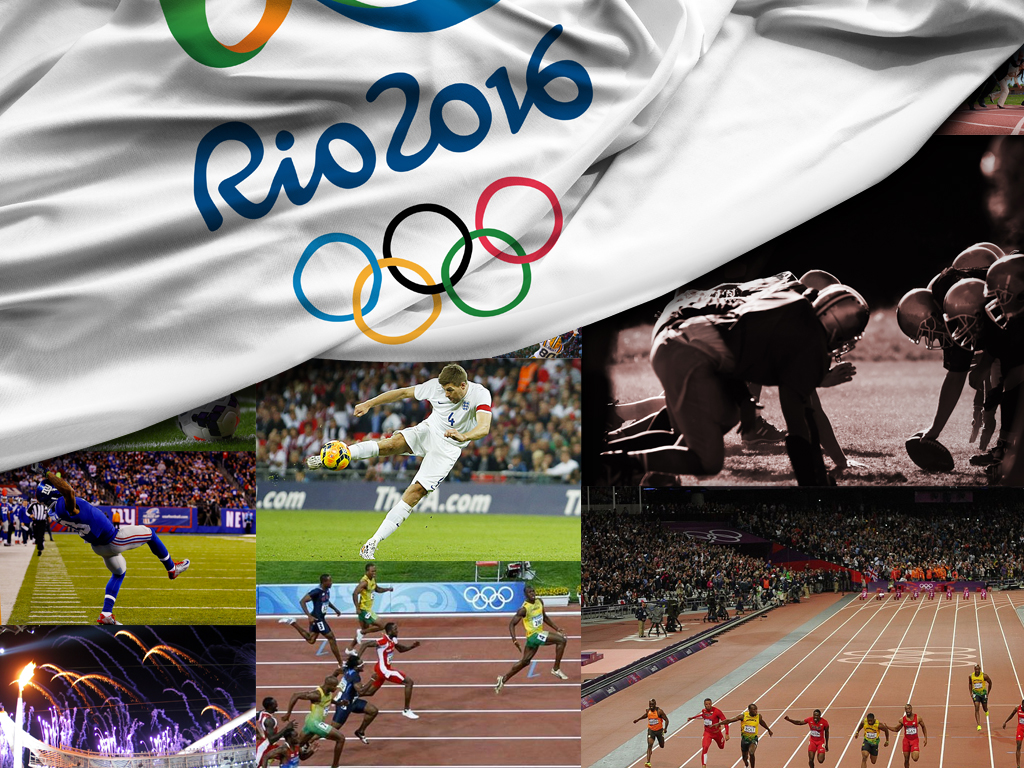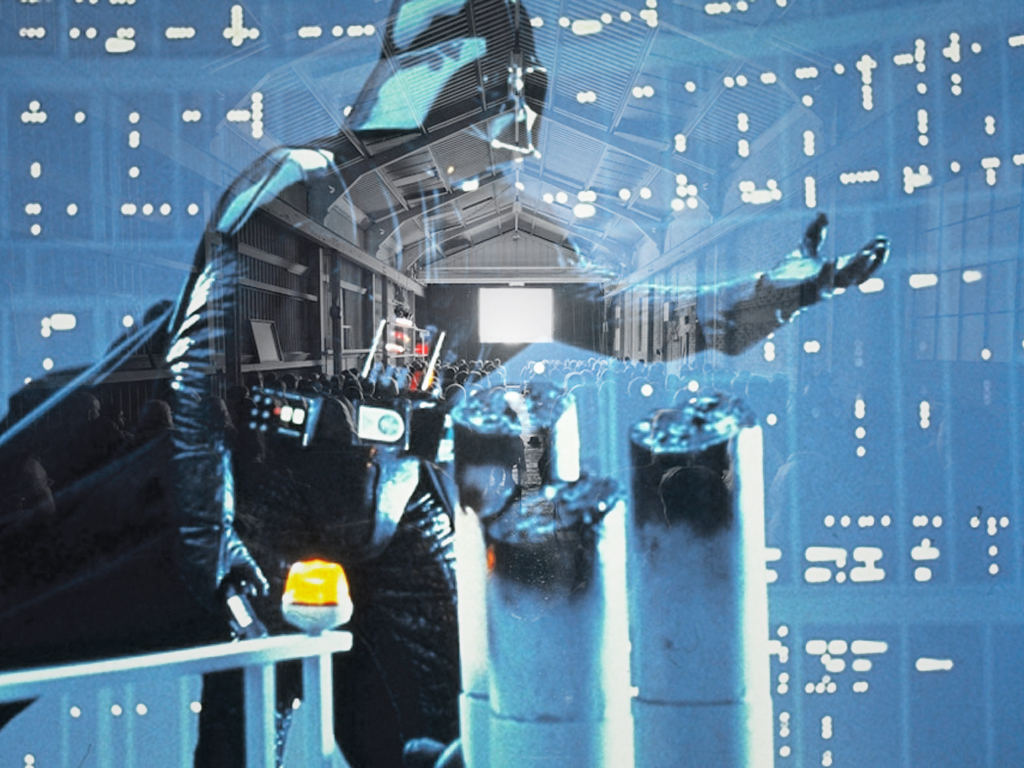Brands today have an opportunity to turn up their marketing activities around major sports events. With YouTube, Twitter, Instagram, and emerging platforms such as Periscope, brands have a fantastic opportunity to connect with engaged fans, thrill them with immersive, experiential stories, and bring their brand story to life. Who are the brands doing this the best at the Tour de France?
When it comes to active spectators, the Tour de France is the most viewed sport in the world. This year’s course takes place from July 4 to 26, and spans 3,360 kilometers of open French and Dutch countryside from the Grand Depart in Utrecht, to the surging laps of Paris made by the peloton in the race finale.
As a ballpark figure, it’s expected that somewhere between 10 million and 20 million people will see the race live, some following the route across France and others watching the Tour race past in the picturesque towns of the French countryside. Global audience estimates are sketchy, but even conservative estimates of 2014 viewing figures put audiences at 1.4 billion.
According to figures publised by the Yorkshire Post, 2014’s Tour is expected to have brought in media value of $167 million for Yorkshire alone, last year’s hosts of the Grand Depart. For the top teams, the value is even greater; British based Team Sky are estimated to have brought in $556 million in 2013, spurred by Bradley Wiggins victory in the general classification, with “$407 million coming from TV, $86 million from online media, and $63 million from print.”
All in all, it makes for a prime opportunity for certain brands to market to a highly engaged audience across a three week period. A highly effective practice for brands and sponsors is to create immersive and experiential content around the Tour. It’s a technique being fuelled by digital media, which is increasingly being used to provide an additional perspective on the sport; team video diaries, “on-board” footage, and social media are being used very effectively, giving consumers opportunities to engage, and allowing them to feel involved.
For an immersive content example, check out Giant Alpecin’s on-board footage of the Stage 5 crash and sprint preparation for the run in to Amiens:
Filmed on a GoPro, the style is reminiscent of the camera manufacturer’s immersive, gonzo style, and indeed, GoPro has also released video content of the Tour, albeit in much less chaotic circumstances:
A New Perspective
What adds power and shareability to the content in the above examples? The videos provide a perspective on professional cycling that isn’t generally accessible to viewers.
Video content allows the brands to communicate excitement and thrills in the heat of the moment, and publishing on social media platforms makes them incredibly accessible. Addtionally, the video content adds a storyline for the internal element of the Tour which is, appropriately, the operating space of the brands and sponsors themselves.
Sponsors can now present more than just the logos on the cyclist’s jersey’s and team cars. Brands are able to tell relevant stories around the sport, their day-to-day support of the teams and riders, and their brand’s role in the sport.
ORICA GreenEDGE’s “mechanic cam” of the massive Stage 3 pile up brings the havoc of the moment to vivid life. The video, which amassed more than 1 million views on the first day alone, also provides a narrative of the backstage team’s mechanics and handlers that enable the race to continue.
The key is in generating consistent engagement on social media. Giving consumers a chance to connect with brands, and even the riders themselves is can add a nice touch, and even more niche platforms can play a part.
For example, cycling data-geeks can use a dedicated cycling GPS app, Strava, to check out the speed, times, and power readings uploaded by professional cyclists riding the Tour, and see whether they would be able to keep up with the pros. Dedicated fans can check out the data on Andre Griepel’s last kilometer on the run in to Amiens for before his stage winning sprint, for example.


While this largely interests only the most dedicated of cycling fans, it shows how digital media is enabling the professional cycling community to connect and engage on a variety of platforms.
Behind-The-Scenes Storytelling
In a broader sense, cycling sponsors are effectively using social media platforms. What’s impressive is the quality and engagement potential of the content brands, and particularly team sponsors, are producing.
It can be as simple as a selfie/tweet of the race leaders custom yellow handlebar tape and bottles:
Well, you won’t miss @tonymartin85 today! All yellow everything! Obligatory #selfie before the start. #TDF2015 pic.twitter.com/LbUMtyA8IM
— Etixx — Quick-Step (@Etixx_QuickStep) July 8, 2015
Or as in the case of Team Sky, it’s in behind-the-scenes storytelling within team video diaries.
By providing a rich variety of content, sponsors can maximize the media value of their brand. The Tour de France has a huge global audience, and is as popular in the U.S. as it is in Western Europe, and with growing popularity in Africa and Asia – digital media enables consumers from all over the world to enjoy and experience the stories of the Tour.
Social Media Publishing
Perhaps the greatest example in recent years of social media publishing was the Red Bull Stratos event, which saw Felix Baumgartner undertake a record-breaking free fall to Earth at supersonic speed. The stream attracted a record breaking live audience of 8 million to YouTube, and the content is still popular to this day.
More recently, Bradley Wiggin’s successful ‘Hour Record’ attempt similarly set alight social media, running with the hashtag #myhour, encouraging a flurry of supportive messages on Twitter and other social media platforms. At the time Wiggin’s clothing sponsor, Rapha, also set up a dedicated microsite encouraging amateur cyclists to commit to their own #myhour record attempts, taking place at their global network of cycling clubs and share them on the site.

In the past, brand sport sponsorship may have depended on broadcasting models and advertising. But with the ability to publish content on social media quickly and efficiently, this is no longer the case.
Rich digital media, such as photos, videos, offer a great opportunity for brands to give viewers a medium in which to connect and consume. Sports marketing is a prime candidate for social media publishing around an event as it’s possible to connect with hyper-engaged audiences, at least for a fixed time period, and give them the ability to connect with their favorite teams.
Experiential sports marketing can be used to forge vibrant connections with consumers, and buzz around a sporting event. It lets consumers feel more involved, and allows brands to tell their own stories around the sport. Social media is a fantastic platform for brands to publish immersive and experiential content, enlightening spectators with additional information and narratives, and giving them every opportunity to view, share, and engage.


